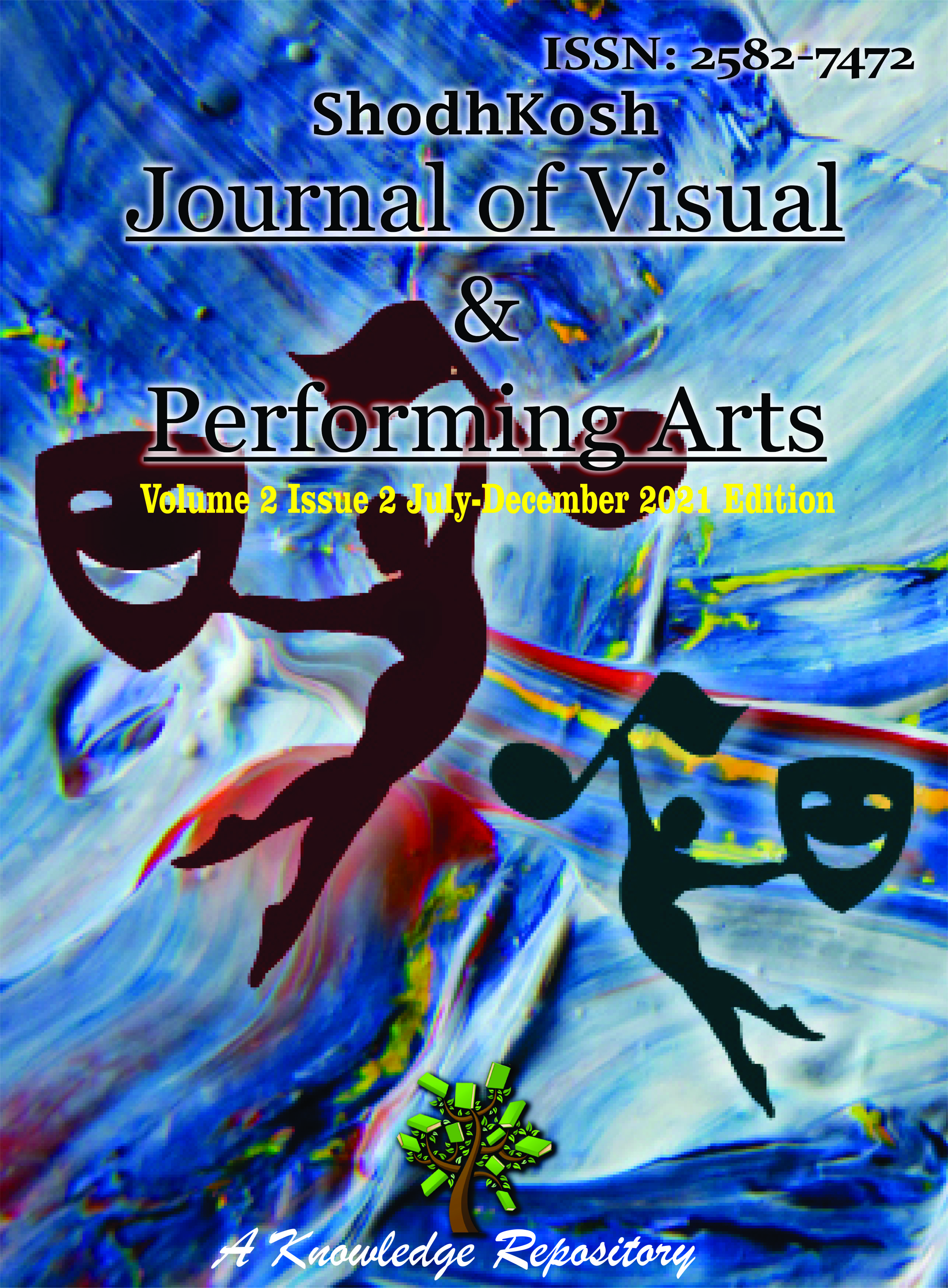CONSUMER SPENDING IN INDIA (2016–2018): EARLY INDICATORS OF DEMAND CONTRACTION, REGIONAL INSIGHTS, AND POLICY IMPLICATIONS
DOI:
https://doi.org/10.29121/shodhkosh.v2.i2.2021.6051Keywords:
Consumer Spending, Demand Contraction, Rural Distress, India 2019Abstract [English]
Consumer spending, contributing approximately 60% to India’s gross domestic product (GDP), is a key driver of economic growth. In 2019–20, GDP growth slowed to 4.2%, reflecting a consumption slowdown with early indicators evident from 2016 to 2018 [4]. This study analyses these indicators across rural and urban India, emphasizing regional disparities. Using data from the National Sample Survey Office (NSSO), Reserve Bank of India (RBI), Centre for Monitoring Indian Economy (CMIE), Nielsen India, and Society of Indian Automobile Manufacturers (SIAM), we identify declining rural wages, stagnant household incomes, and reduced fast-moving consumer goods (FMCG) and automobile sales. Econometric models quantify the impact of structural factors. Agrarian states like Bihar showed steeper consumption declines than industrialized states like Maharashtra. Trends from 2016–17, intensifying by 2018, were driven by rural distress and jobless growth. Descriptive statistics, correlation analysis, and regression models highlight household behavioural shifts and macroeconomic vulnerabilities. Policy recommendations include enhanced rural income support and credit access reforms to sustain India’s consumption-driven economy.
References
Keynes, J. M. (1936). The General Theory of Employment, Interest and Money. Macmillan.
Ministry of Statistics and Programme Implementation. (2018). GDP and Savings Data (2012–2018). MoSPI.
Ministry of Statistics and Programme Implementation. (2019). Annual GDP Estimates. MoSPI.
Ministry of Statistics and Programme Implementation. (2020). GDP Estimates (2019–2020). MoSPI.
NSSO. (2013). Household Consumer Expenditure Survey, 68th Round (2011–12). National Sample Survey Office.
Periodic Labour Force Survey. (2017–18). Annual Report. Ministry of Labour, Government of India.
Reserve Bank of India. (2018). Consumer Confidence Survey Reports (2016–2018). RBI.
Reserve Bank of India. (2019). Financial Stability Report. RBI.
CMIE. (2018). Consumer Pyramids Household Survey (2014–2018). Centre for Monitoring Indian Economy.
Nielsen India. (2018). FMCG Growth Reports (2017–2018). Nielsen.
SIAM. (2018). Vehicle Sales Reports (2016–2018). Society of Indian Automobile Manufacturers.
Downloads
Published
How to Cite
Issue
Section
License
Copyright (c) 2021 Dr. Padma Hazarika

This work is licensed under a Creative Commons Attribution 4.0 International License.
With the licence CC-BY, authors retain the copyright, allowing anyone to download, reuse, re-print, modify, distribute, and/or copy their contribution. The work must be properly attributed to its author.
It is not necessary to ask for further permission from the author or journal board.
This journal provides immediate open access to its content on the principle that making research freely available to the public supports a greater global exchange of knowledge.




























